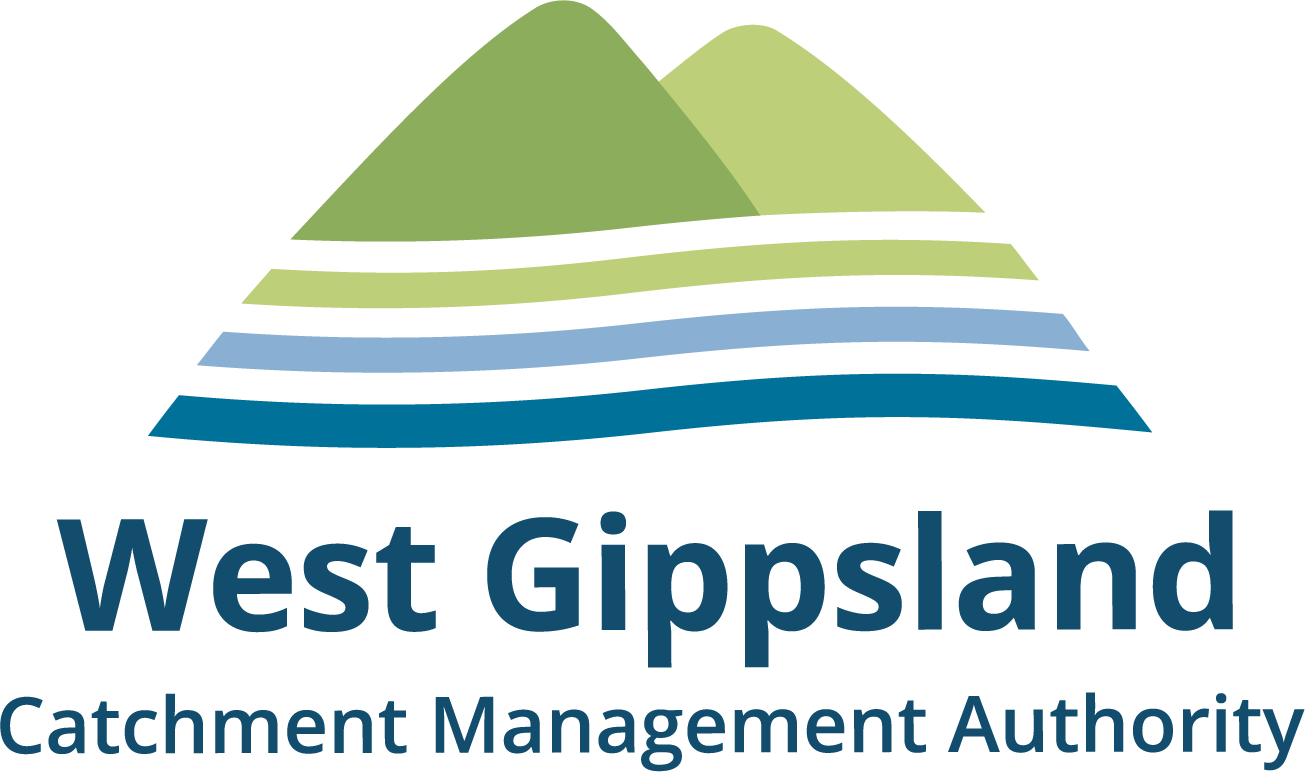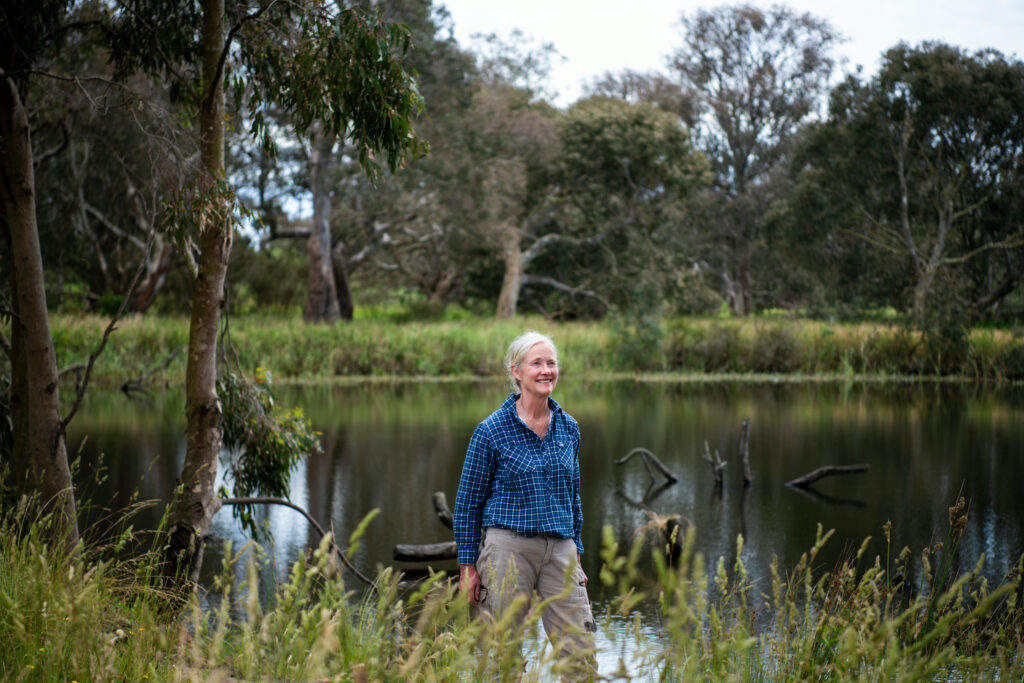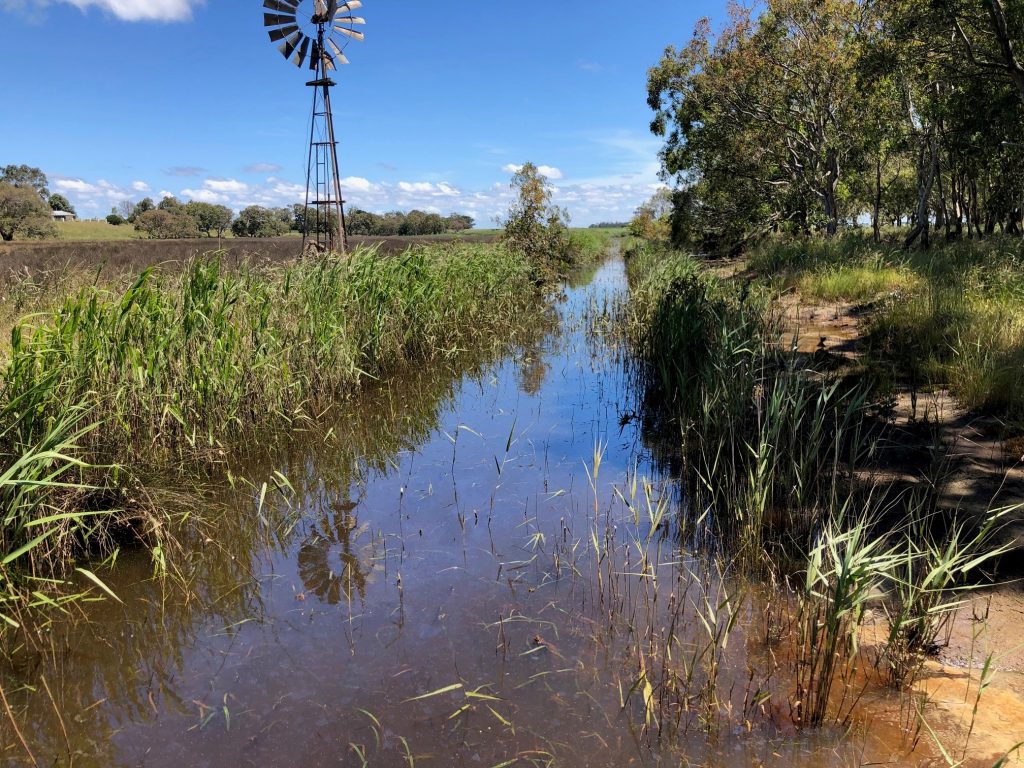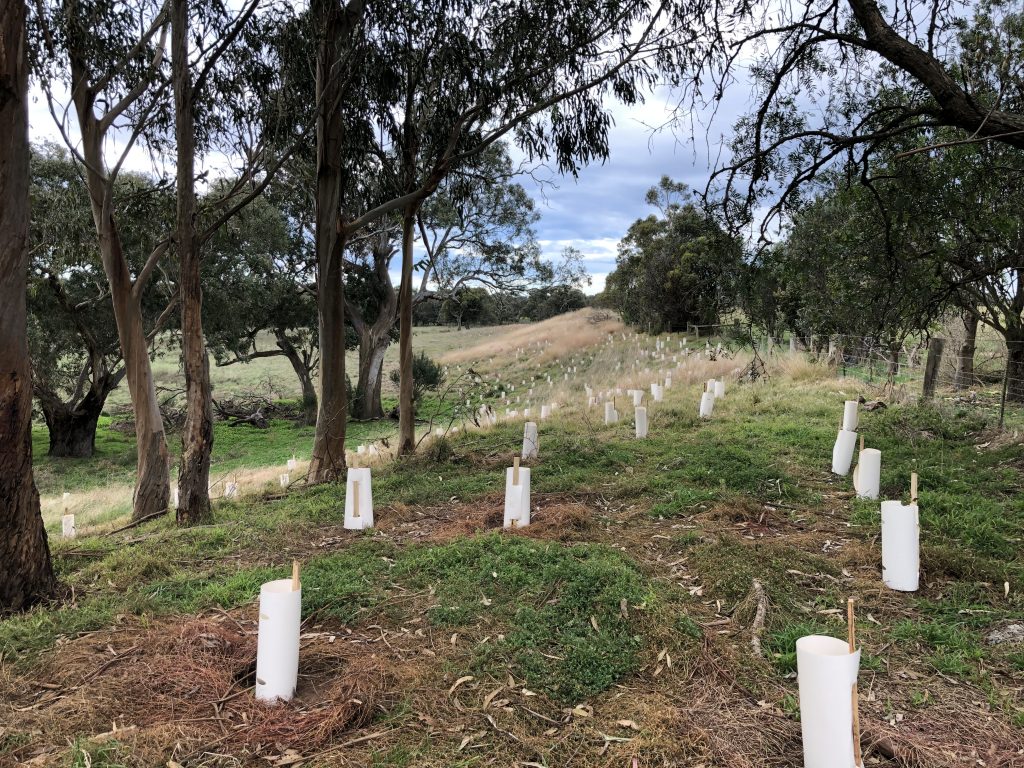We’re helping wetlands become more resilient…
This project aims to increase the adaptive capacity and resilience of freshwater fringing wetlands to the impacts of climate change.
Fringing wetlands can be found on the edges of oceans, estuaries, rivers and lakes. They are a vital part of our natural environment that perform many valuable functions, including:
- Protecting our shores from wave action
- Reducing the impacts of floods by trapping and stabilising sediments and slowing the flow of water
- Collect and recycle nutrients and contaminants from run off
- Help maintain water quality
- Provide habitat and food sources for a variety of aquatic and terrestrial plants and animals throughout the year.
Many migratory and threatened species are reliant upon wetlands to complete their lifecycle. Freshwater wetlands can also provide a place of refuge for plant and animal species in times of drought.
Wetlands are known to be effective carbon sinks, as they capture and store large quantities of carbon both in plants and in the sediment below.
Fringing wetlands have historically been undervalued and considered by many to be wastelands. Since European settlement, these ecological communities have been drained, reclaimed and become degraded as the result of human activities such as vegetation clearing, agricultural practices, rural and urban development, river channelisation and dam construction.
Many freshwater fringing wetlands have lost their hydrological function as their natural wetting and drying regimes have been impacted. Drained wetlands no longer have the capacity to hold water and provide a place of refuge for plant and animal species during dry periods. As the salinisation of waterways increases with climate change and sea level rise, it is essential to provide refuges for threatened freshwater species to migrate to, allowing them room to move and survive.
The preservation and enhancement of freshwater wetlands in the face of climate change is a high priority for natural resource managers, particularly in response to rising sea levels and salinity in the wetlands closer to the Gippsland Lakes embayment’s and river estuaries.
The project involves activities that will help restore natural function to fringing wetland sites. Hydraulic repair work conducted on a historic drainage channel on one site will enable the wetland to retain water for longer and provide important habitat for native flora and fauna to complete their life cycles within the wetland.
A small percentage of ‘climate-ready’ species will be incorporated into the planting mix when revegetating sites, as part of a trial to create a more genetically diverse population.
The aim is to assist the fringing wetland sites to tolerate a broad range of climate conditions over time.






